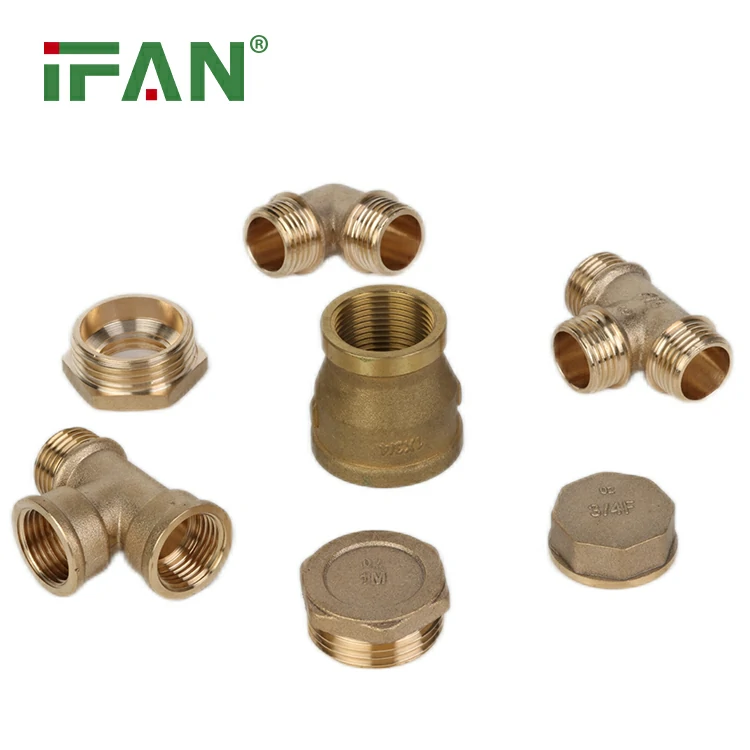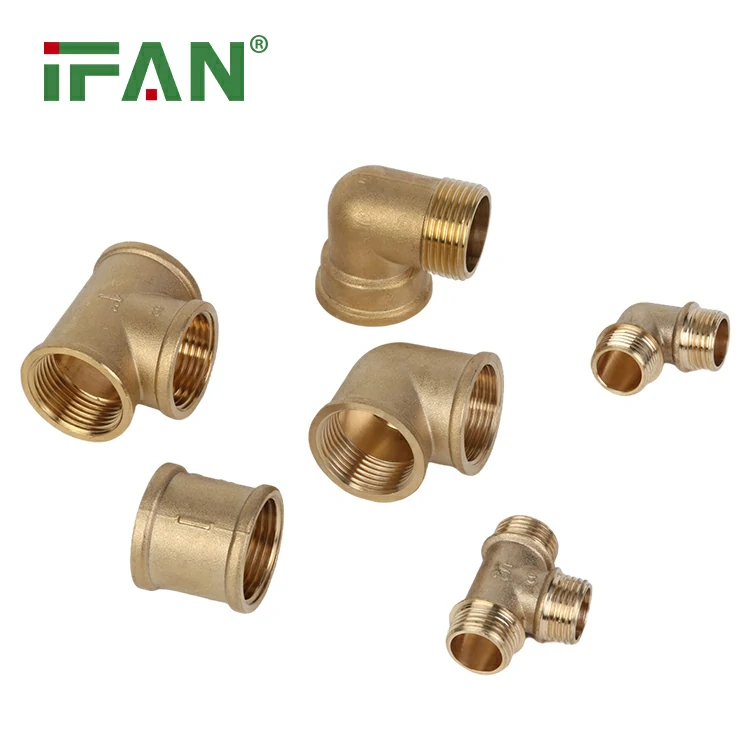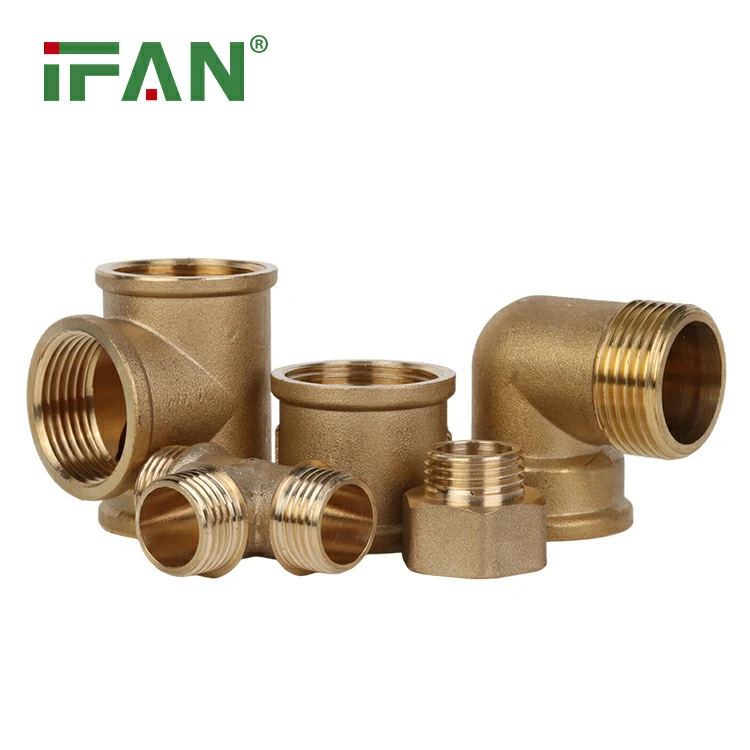Title: Advantages of ASTM D3035 Efficient and Reliable HDPE Fittings for Smooth Operations
Introduction:
ASTM D3035 is a standard specification for polyethylene (PE) pipes and fittings that are used for water transmission and distribution. The fittings that comply with this standard are designed to provide efficient and reliable performance. Here are some of the advantages of using HDPE fittings that comply with ASTM D3035.
- Corrosion-resistant
HDPE fittings are highly resistant to corrosion, making them ideal for use in harsh environments that could corrode other materials. They are resistant to chemical attack and can withstand exposure to acids, alkalies, and other corrosive materials. - Lightweight
HDPE fittings are lightweight and easy to handle, reducing the risk of injury during installation. They are also easier to transport and store, saving time and money during the construction process. - Flexible
HDPE fittings are flexible and can be bent without breaking, making them ideal for use in areas with limited space or where the pipeline needs to follow the natural contours of the terrain. - Durable
HDPE fittings are designed to withstand high pressure and tensile forces. They have a long lifespan and require minimal maintenance, reducing the overall cost of ownership. - Smooth flow
HDPE fittings have a smooth interior surface that ensures optimal flow rates and minimizes pressure loss. This means that water can flow through the pipeline more efficiently, reducing energy consumption and operating costs.
Conclusion:
Overall, using HDPE fittings that comply with ASTM D3035 can provide many advantages for smooth and efficient operations. Their corrosion resistance, lightweight, flexibility, durability, and smooth flow properties make them an ideal choice for water transmission and distribution systems.
Meta description: Advantages of ASTM D3035 HDPE fittings include corrosion resistance, lightweight, flexibility, durability, and smooth flow properties that make them ideal for water transmission and distribution systems.






